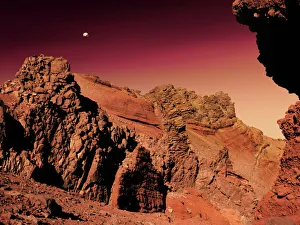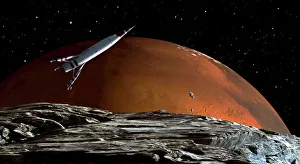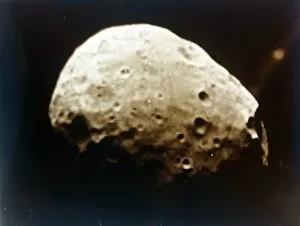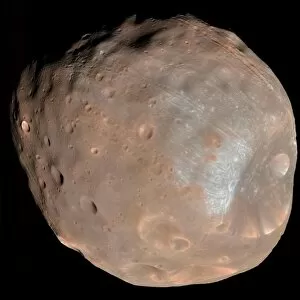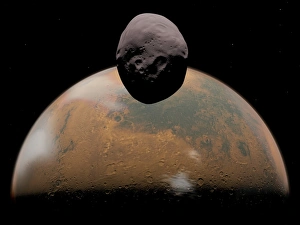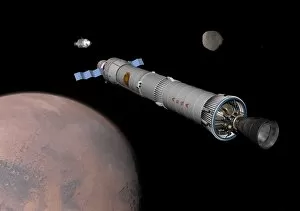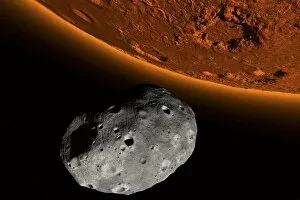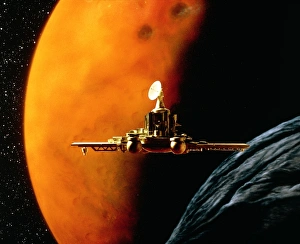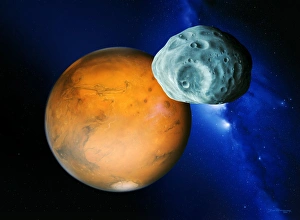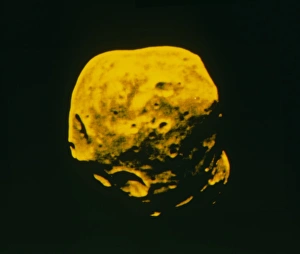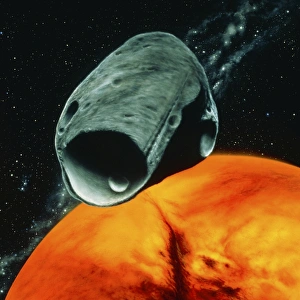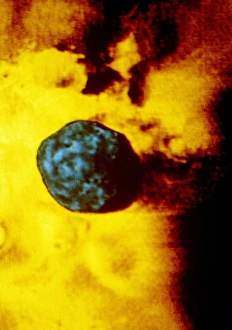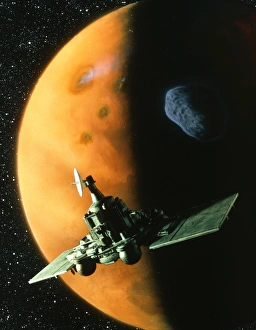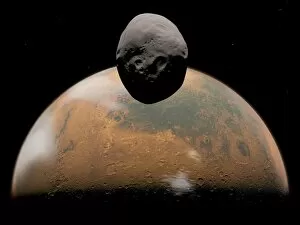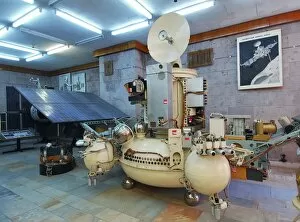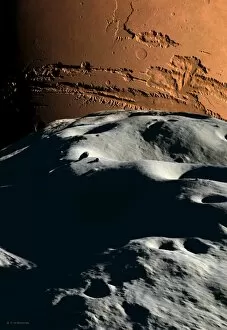Phobos Collection
"Exploring the Enigmatic Martian Moon: Phobos" Behold the captivating Martian landscape as a spaceship gracefully orbits over Phobos, one of Mars' intriguing moons
All Professionally Made to Order for Quick Shipping
"Exploring the Enigmatic Martian Moon: Phobos" Behold the captivating Martian landscape as a spaceship gracefully orbits over Phobos, one of Mars' intriguing moons. In this breathtaking image captured by NASA, the colossal red planet serves as a mesmerizing backdrop against which Phobos appears minuscule. Orbiting at such proximity to Mars, Phobos is dwarfed by its celestial host, with the planet dominating its sky. The Hubble Space Telescope, while focused on photographing Mars itself, unexpectedly caught a cameo appearance of this tiny moon. From distances of 6, 800 and 5, 800 kilometers away from Phobos respectively, these images offer us unprecedented views of this enigmatic satellite. Further exploration comes courtesy of NASA's Odyssey orbiter and Mars Reconnaissance Orbiter. The former has provided us with six stunning views since March 2020. Meanwhile, the latter has taken two remarkable images showcasing the larger of Mars' two moons. Thanks to cutting-edge technology like the High Resolution Imaging Science Experiment (HiRISE) camera mounted on NASA's spacecrafts orbiting around Mars; we can delve deeper into understanding this peculiar moon's mysteries. HiRISE allows us to capture intricate details and unravel hidden secrets about Phobos. As we continue our quest for knowledge about our neighboring planets and their satellites, artists have envisioned an orbital outpost above Phobos—a potential future base for human exploration beyond Earth's boundaries. With each new discovery and every awe-inspiring image captured by NASA's missions in space exploration—our fascination with Phobos only grows stronger.

